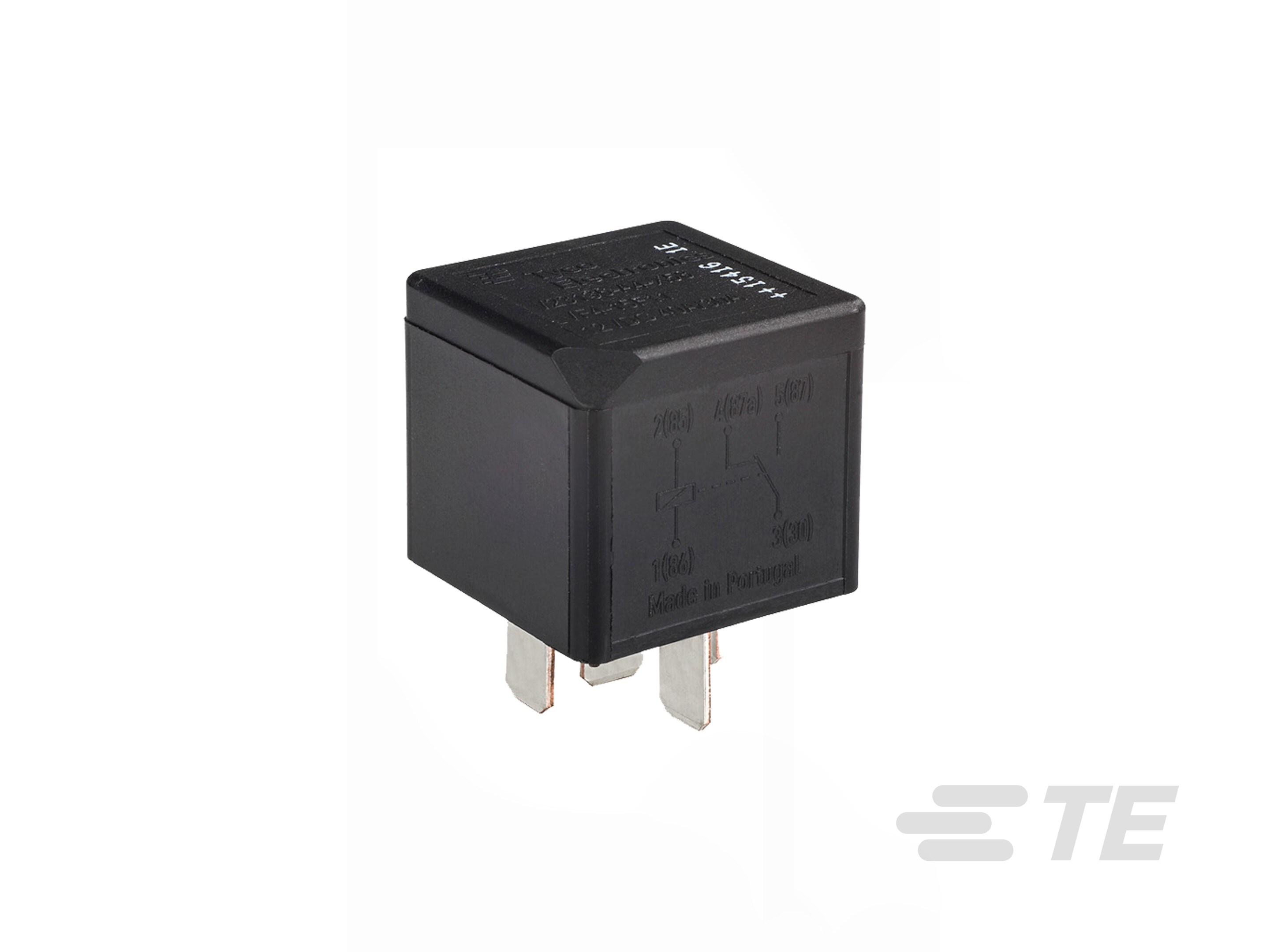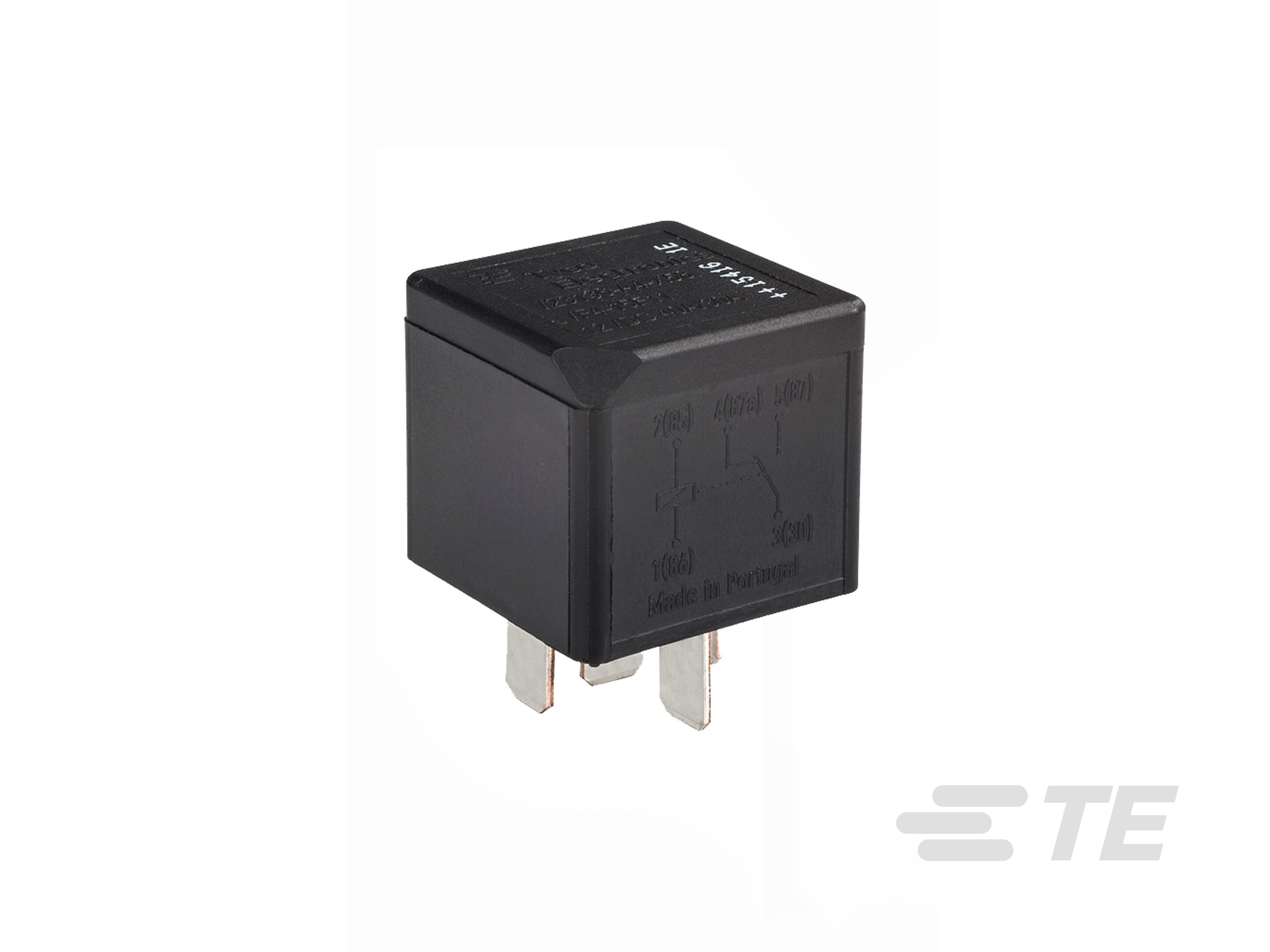SRF-A Series, Automotive Relays
Results:
3
Manufacturer
Series
Coil Current
Features
Operating Temperature
Switching Voltage
Termination Style
Contact Rating (Current)
Mounting Type
Must Release Voltage
Contact Form
Operate Time
Coil Voltage
Must Operate Voltage
Release Time
Coil Type
Results remaining:3
Applied Filters:
SRF-A
About Automotive Relays
Electromechanical relays specifically designed for automotive applications constitute a specialized category tailored to withstand extreme temperatures, high vibration environments, and exposure to gases and chemicals. These relays are engineered with features that provide protection against ingress of contaminants and ensure reliable performance in demanding automotive settings. Key features of automotive electromechanical relays may encompass built-in diodes or resistors, which serve to manage voltage spikes and electromagnetic interference, enhancing the overall efficiency and longevity of the relay. The inclusion of hermetic seals contributes to airtight enclosure, safeguarding the internal components from external influences and maintaining operational integrity. Moreover, measures such as flux protection and additional ingress protection against dust and water further fortify the relay's resilience in challenging automotive conditions. In terms of coil types, automotive electromechanical relays are available in single or double latching configurations, as well as non-latching variants, accommodating diverse application requirements. These relays offer various contact forms, including DPST (double-pole, single-throw), SPDT (single-pole, double-throw), and SPST (single-pole, single-throw), catering to different circuit control needs within automotive systems. By integrating these advanced features and capabilities, automotive electromechanical relays uphold the critical function of managing electrical circuits in vehicles, ensuring robust performance and reliability under the rigors of automotive operation.



